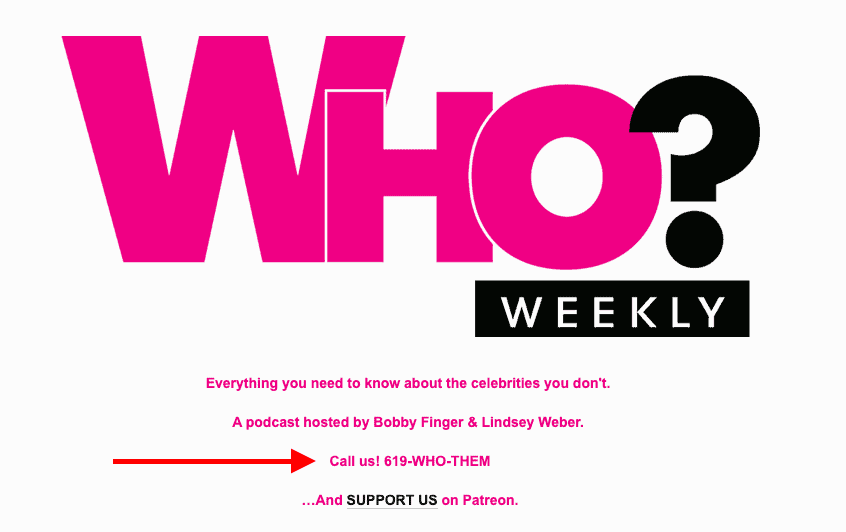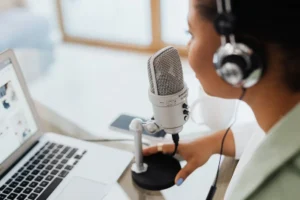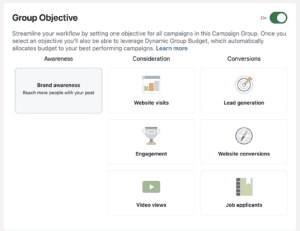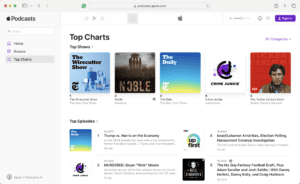Podcasting is traditionally thought of as a one-way medium. But in reality, you as a host are likely creating conversations on the other side of your listeners headphones that never make it to the air. To tap into these discussions, including audience participation in your podcast is a unique way to further engage your audience and diversify your content.
Keeping up with the pace of podcasting is challenge all hosts face and consistently generating stand out content is part of that stress. Caroline Crampton recently published a piece for Hot Pods describing host’s experiences with burnout. She detailed how the pressure to create and stay on deadline was contributing to an unsustainable work load.
One option to reduce the time spent on content creation is to include audience participation in your podcast. Your listeners are able to chime in with their thoughts and questions, helping you generate the meat of the episode. It’s your job to then respond to their comments, providing additional observations and remarks.
To help you avoid burnout while creating interesting content, we pulled together everything you need to know about audience participation in podcasts.
Why is Audience Participation In Podcasts Important?
In addition to burnout, a challenge podcasters face is always looking for inventive ways to create original content. We know enticing episodes drives audience growth but who says you have to come up with all the ideas on your own?
Think of your favorite radio station and how often the music is interrupted with calls-to-action to call the hotline to win tickets, answer a trivia question, or provide commentary. The radio industry has used audience participation to stoke engagement and is a strategy podcasters can take advantage of.
According to Scientific American, people like talking about themselves and sharing their experiences. It’s gratifying and “gives us a neurological buzz.” But if you’re thinking people will only share their thoughts with those they feel comfortable with, you’re in luck. Futuri Media recently ran a study finding listeners gravitate towards hosts who feel like a friend and share the users’ passions and beliefs.
Tapping into this chemistry and need to express ourselves is the best combination to create audience participation in your podcast.
How to Capture Audience Participation For Your Podcast
We know including your listeners comments within your episodes will help keep your content fresh. We also know listeners are eager to share their thoughts if given the chance. So how do you capture these discussions and repurpose them for your show?
To start, our first step is to figure out exactly what you want your audience to call in with. You can ask for questions, differing opinions, personal experiences, or even constructive feedback. Having a clear vision of how you’ll respond and repurpose their thought-provoking remarks will help set you up for success.
The second step is to craft your call-to-action where you’ll provide listeners instructions on how to get in touch with you. If audience participation in your podcast represents a large portion of your content, repeat this call-to-action often to consistently remind users to to share their thoughts.
In order to start crafting that call-to-action, you’ll need a place for listeners to reach you. Ahead we’ll have three easy ways to capture audience participation for your podcast.
Dedicated hotline
The easiest place to start is securing a dedicated phone number for your podcast. Listeners dial in, leave a voicemail with their comment or question, and you can pick which ones you want to use. Alternatively, if you record your podcast live, you can feature live phone calls on the air similar to traditional radio set ups.
We prefer the hotline method because it ups the ante on the host-listener relationship when users hear their own voice within the episode. It’s exciting to hear your own voice being played on the show you love and making you want to tune in more.
Who?Weekly, a pop culture podcast, produce a weekly episode featuring listener comments and questions. The hosts, Bobby and Lindsey, play select calls then offer their own commentary and answers. Who?Weekly listeners can call the hotline at anytime for a chance to be featured on the show

Setting up a dedicated line is surprisingly easy and free! Using Google Voice/Hangouts, all you need to start is a Google account then follow the set up instructions. Google Voice also allows you to choose your own number. Picking something related to your show will make it easier for your audience to recall what to dial when they’re ready to call in with their remarks.
One last tip, we strongly suggest securing a separate phone number as the hotline. You won’t want to give out your personal number.
Email inbox
Another easy method to capture audience participation in podcasts is setting up a dedicated email address. Ask listeners to send in their thoughts and you’ll read their responses live on air. This method allows for some anonymity compared to a hotline which better suits shows discussing sensitive topics. You’ll also open yourself up to comments from potentially shyer audience members who feel more comfortable writing a response compared to the pressure of a phone call.
Pen Pals With Daniel & Rory capitalizes on audience participation by producing an entire podcast around listener letters. Users submit emails about any topic and hosts, Daniel and Rory, address the letters as if they were pen pals with a comedic spin.

Setting up a dedicated podcast email is easy and starting a new account is free, from Gmail to Yahoo. When deciding on the right email address, again go with something related to your podcast for easier recall. You can also set up an autoresponder so your listeners receive an automatic email letting them know you’ve receive their comments.
Social media
Social media and podcasting go hand in hand, especially when it comes to audience engagement. Asking your listeners for their participation could be in public way by craft a post for your feeds then waiting for the responses. Or you can ask listeners to send direct messages to your account with their comments to keep things private. The bonus for this method is you’re able to choose which messages you want to share on air and still provide responses to the ones you didn’t choose on the original post. Personally responding to everyone’s messages will push your audience engagement through the roof.
Set up couldn’t be easier for this option because you likely already have dedicated social pages for your podcast. If you’re creating public posts to capture your audience’s participation, include a link to the post in your show notes for easy discovery. For private messages, remind your listeners to follow your accounts by providing your handles across each platform.
Summary
Podcasting takes work and consistently producing refreshing content is a hurdle for most hosts. By weaving in audience participation in your podcast, you can kill two birds with one stone. Create more diverse episodes, better engage your audience, and reduce your content creation time by setting up one of these methods. No one said you have to be the only one to think of interesting things to say on your podcast. Try tapping your audience and seeing what captivating things they have to say.




What about taking calls live?
Google voice sucks my friend and I on opposite ends of the country have tried for two weeks to get this to work and it will not play our outgoing message. Are there alternatives to Google voice to set up a phone number hotline for listeners to call and leave commons?